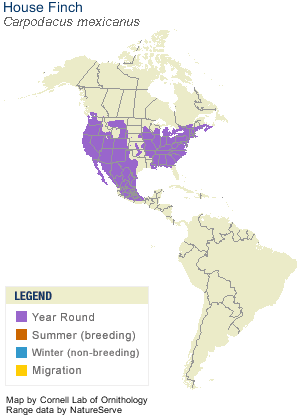
American Goldfinch and Pine Siskin

Black-capped
Chickadee
European Starling
Spotted Towhee

Dark Eyed Junco Oregon Race
Dark Eyed Junco Slate Colored Race

Downy Woodpecker

Northern Flicker Red-shafted

House Finch

Western Scrub Jay

California Quail

Eurasian Collared Dove

Sharp-shinned Hawk
I just realized that I have no pictures of the most common visitor to my backyard feeders, the House Sparrow. Mark Stackhouse once said while guiding us on a tour of Deseret Ranch that many birders fail to list birds like house sparrows, rock pigeons and starlings because they are all so common. I guess it's true.












































